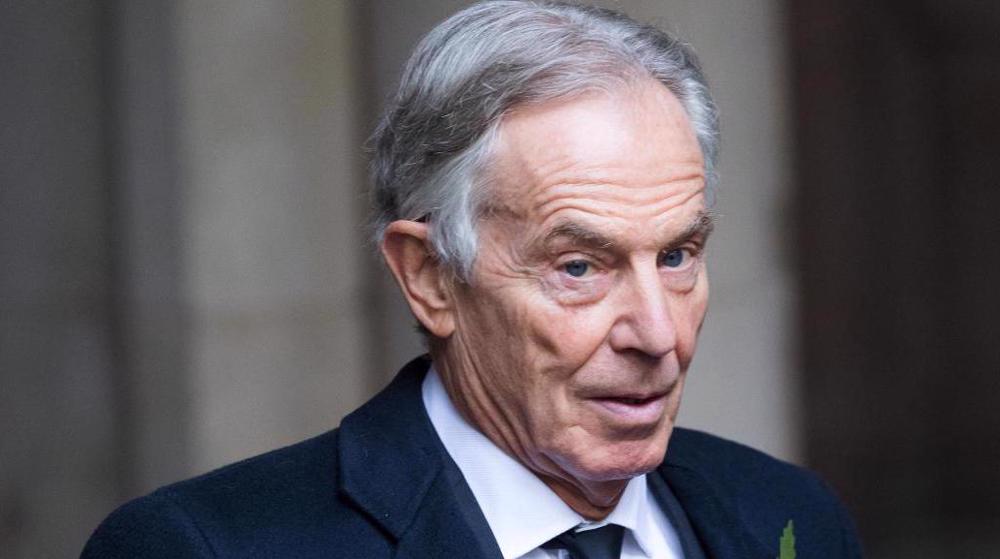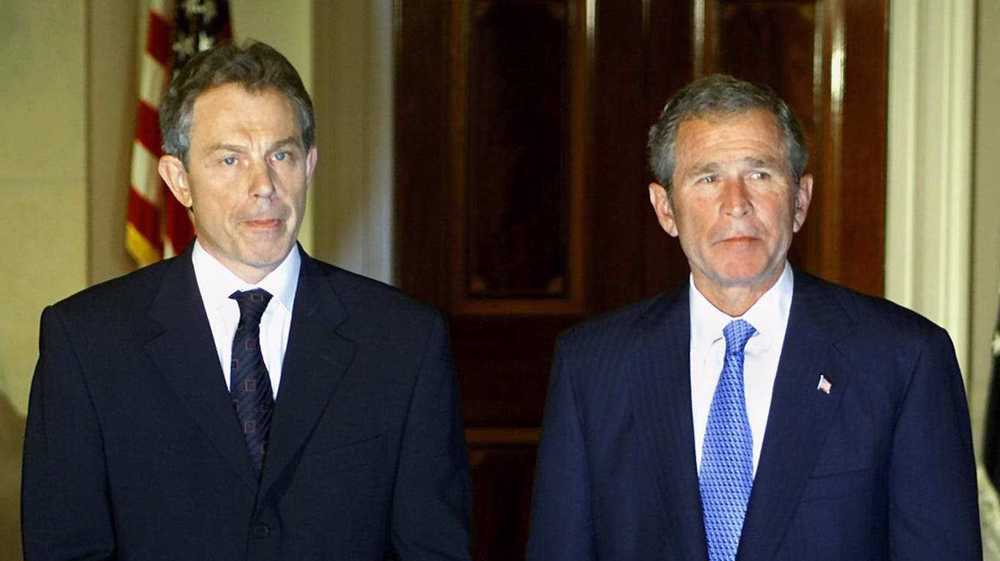Women activists dismiss govt. gender policy
The British government’s plan to address the gender pay gap has provoked criticisms of woman activists.
The former Conservative minister for women and equalities, Maria Miller said government measures to address the gender pay gap are not tackling the situation facing women over 40.
Miller said unequal pay was predominantly a problem that affected women over 40 and that the measures already announced by the government did not account for this group.

She announced that an inquiry has already been launched by the women and equalities committee into government strategy on reducing the difference between what women and men are paid.
Miller, who chairs the committee, said the inquiry would aim to “fill this gap in government thinking”.
“We’ll be asking about barriers to promotion; recruitment and training; problems facing women in predominantly female sectors and non-professional roles – and much more,” said Miller.

Official figures say the gap between all male and female UK employees stood at 19.1% in 2014, measured by median gross hourly pay. When only full-time employees are counted, the gender pay gap is 9.4%, with large variations by age and sector.
According to the figures, the pay gap is low or slightly reversed among 18 to 39-year-olds, but the gap for hourly earnings grows from the age of 40 onwards, reaching its highest point for women in their 50s.

Media reports say, the government plans to announce its proposals to tackle the gender pay gap in early 2016, but the Prime Minister David Cameron has already announced that every company with more than 250 employees will be legally required to publish the difference between the average pay of their male and female employees.
“There is still a huge gap between men and women in UK society particularly in terms of job pay,” the London-based political analyst Chris Bambery told Press TV’s UK Desk.
He went on saying that the gap is deeply rooted in the UK’s history and the governments have not been serious enough to tackle the issue for ever.
VIDEO | Former FBI agent criticizes US Congress for 'outright corruption'
IRGC chief urges Muslim countries to cut aid routes to Israel
'New chapter in cooperation': Iran, Venezuela sign new MoUs
Jordan sentences former lawmaker for supporting Palestinian resistance
Basij volunteer forces hold massive drills in southwestern Iran
Israeli war criminals 'not welcome', US city says after ICC ruling
US vetoing of Gaza ceasefire resolution ‘disgraceful’: Iran’s UN envoy
VIDEO | IAEA adopts anti-Iran resolution tabled by E3










 This makes it easy to access the Press TV website
This makes it easy to access the Press TV website